Traveling with a dog can be the best experience ever — or a nightmare in the making. With millions of new pet owners since the pandemic began, including many older adults, going on a trip with your favorite canine companion might require a learning curve.
The American Society for the Prevention of Cruelty to Animals (ASPCA) said about one in five households, or 23 million people, adopted a dog or cat during the pandemic. Whether the adoptions were from boredom or isolation or both, animal welfare advocates rejoiced with the news.
However, now that more people are making plans to return to an office setting or travel beyond their own communities for long-overdue reunions with grandkids and friends, there was concern that the newly adopted pets would be sent back.
But that was not the case. According to the American Veterinary Medical Association, shelters have not reported an alarming increase in pet abandonment, which means most dogs are staying in their new homes.
What does this mean for new dog owners who also have post-pandemic travel plans? Hitting the road or traveling by air can be challenging when you own a pet, but Growing Bolder believes in living bold, active lives. And when there’s a will — and a woof — there’s a way!
Dogs can make perfect traveling companions, and owners shouldn’t be restricted to traveling only by car or only with small breeds that can fit under an airplane seat in a carrier. There are options.
Flying with a dog
According to the American Kennel Club, if you are traveling with a dog by plane, it’s important to check with each airline for their specific pet policies.
Usually, if your carrier (with the dog in it) is small enough to fit under the seat in front of you, your dog can ride in the cabin on flights that allow it. That guideline generally applies to dogs that weigh up to 20 pounds. Dogs weighing more than 20 pounds must fly as cargo.
Federal regulations prohibit shipping live animals as excess baggage or cargo if the animal will be exposed to temperatures below 45 degrees or above 85 degrees for more than four hours. That means the time of year, and time of day, can affect whether or not a larger dog can fly with you.
In the wake of the pandemic, travel by plane can be complicated due to varying rules enacted in each state and country. Opting to drive instead of flying can keep things simpler.
Driving with a dog
If traveling with a dog by car is more convenient than flying, a crate or dog seat belt can keep them safe while in a moving vehicle.
Teaching your dog to love the car on short trips is key to getting it to enjoy a longer ride. Car trips that always end at the veterinarian’s office or the groomer may cause stress.
Some dogs get motion sickness. Puppies are more likely to get sick in a car than an adult dog. The American Kennel Club says there are several ways to prevent anxiety and motion sickness in the car, including having your dog travel on an empty stomach and keeping the temperature cool. Check out this list for other great tips on avoiding car anxiety.
10 Best travel-friendly dog breeds
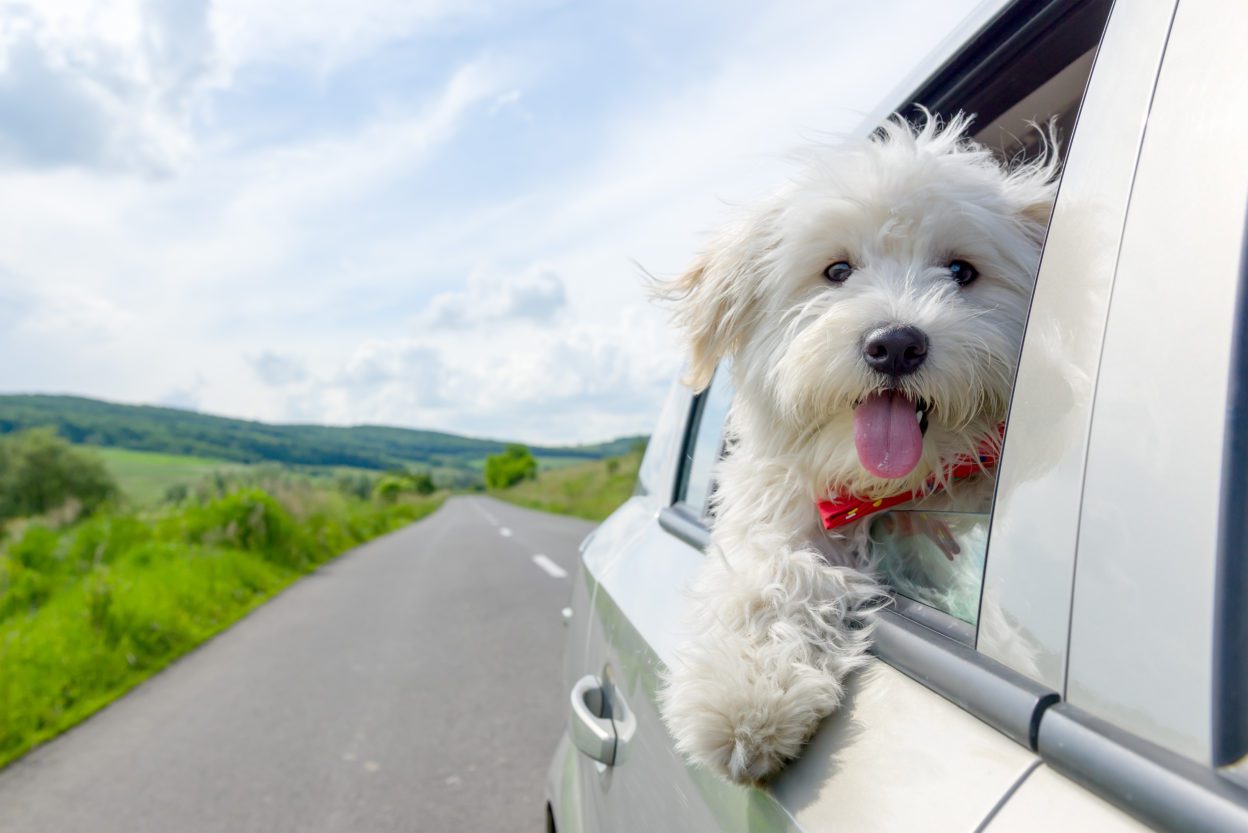
1. Bichon Frise – a small dog with an easy-going, genial nature
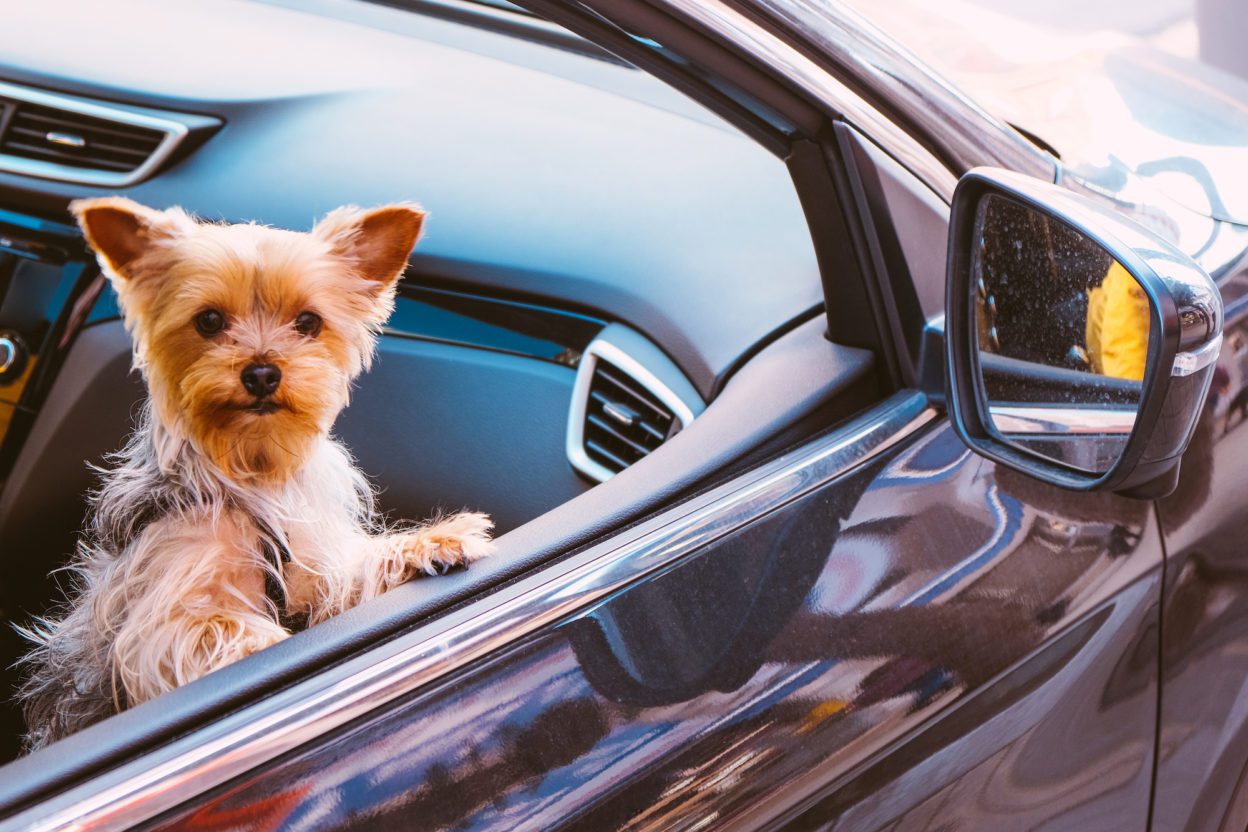
2. Yorkshire Terrier – the smallest breed of the terrier types and highly social

3. Australian terrier — a purebred with an obedient nature, low-maintenance and happy to be left alone
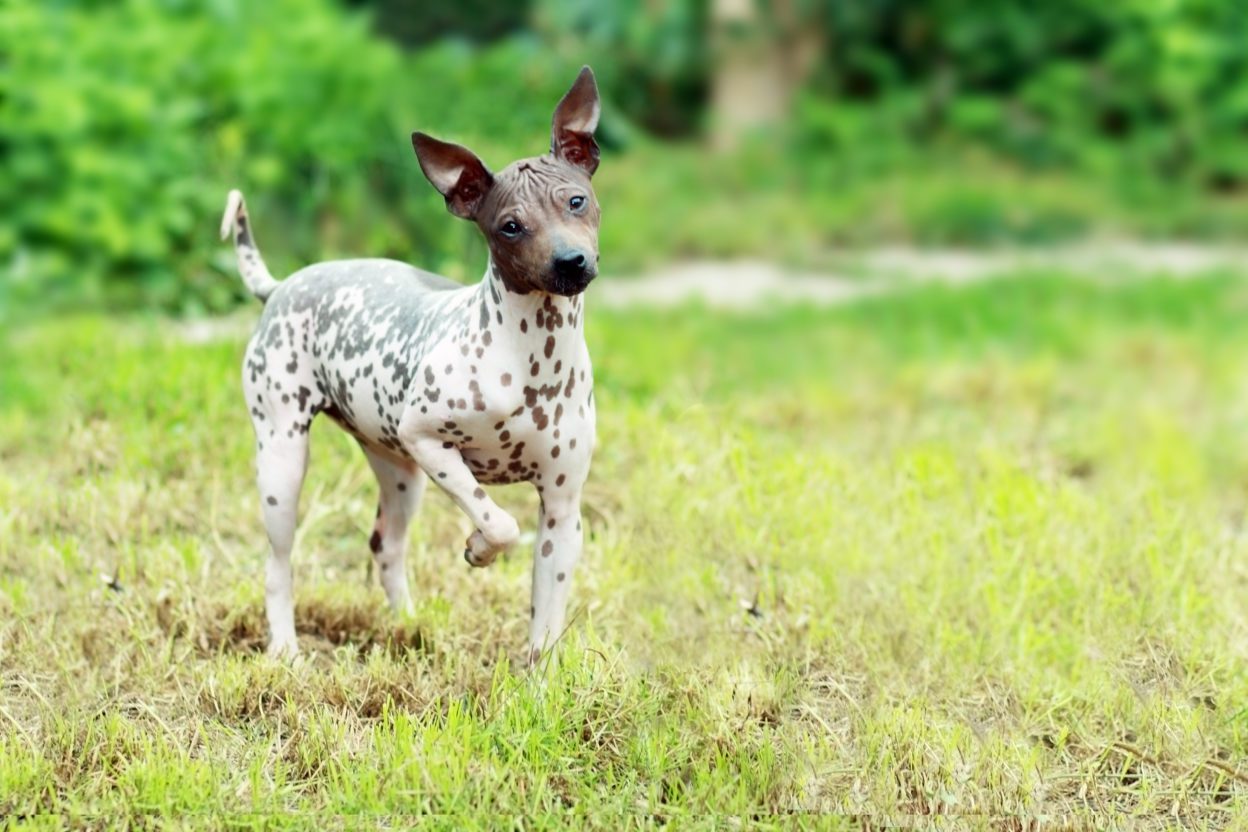
4. American hairless terrier — hairless, adaptable, intelligent, can be left unsupervised for hours
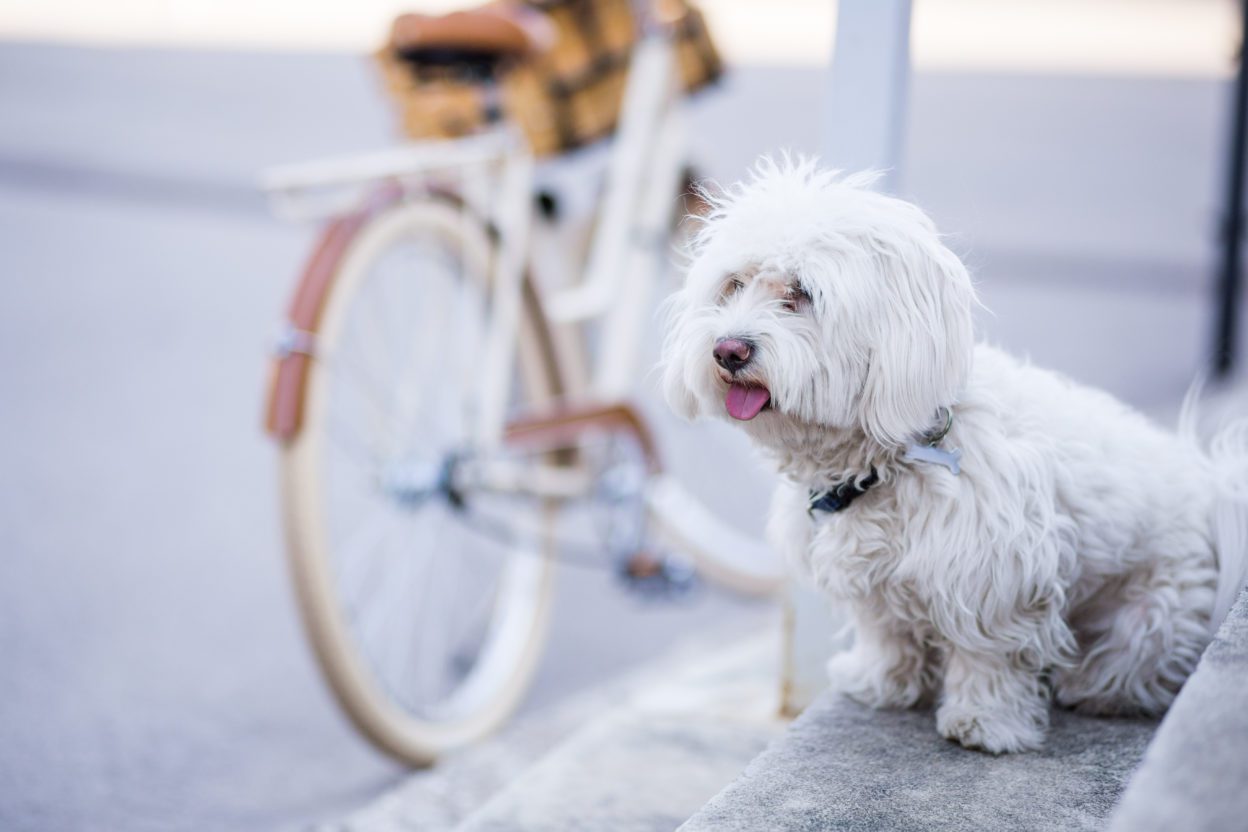
5. Maltese — toy dog breed, weighs only up to 8 pounds, sweet-natured, tolerant, calm
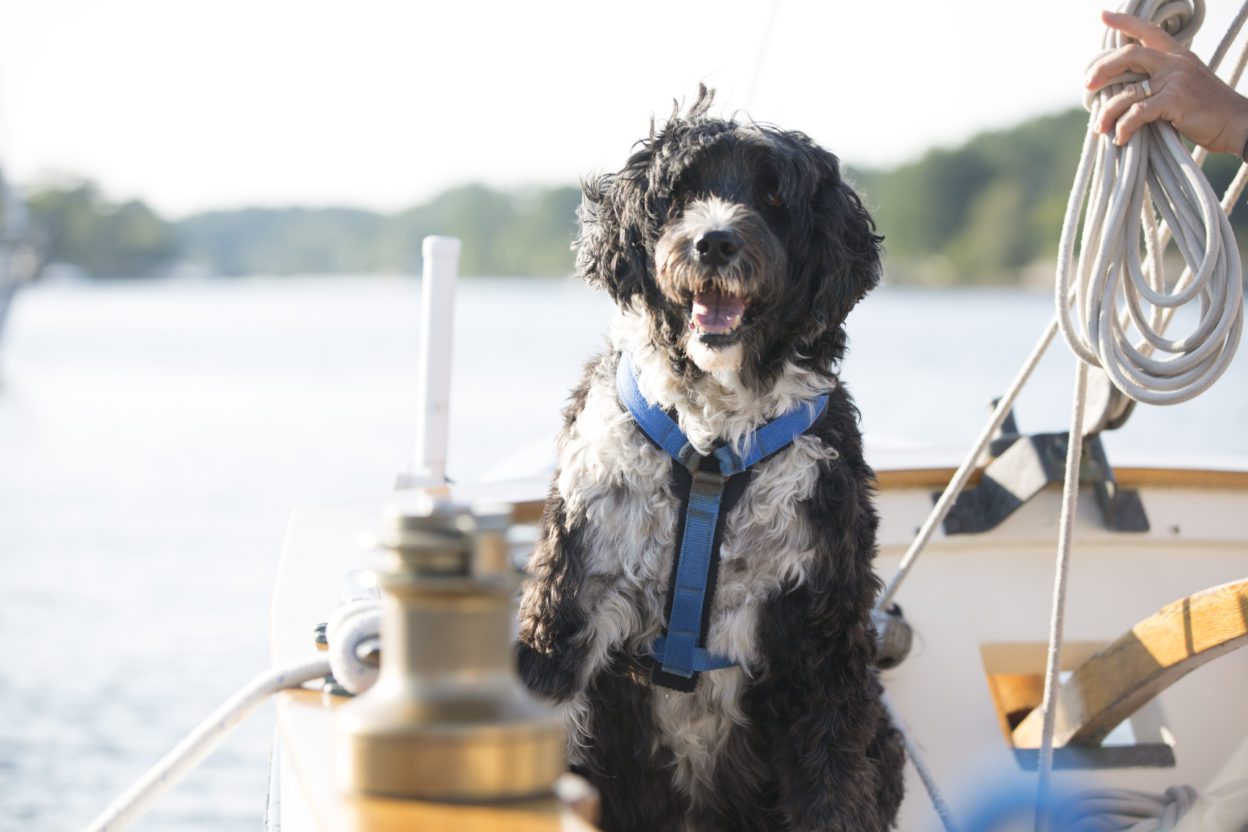
6. Portuguese water dog — easy to train, eager to please, non-shedding
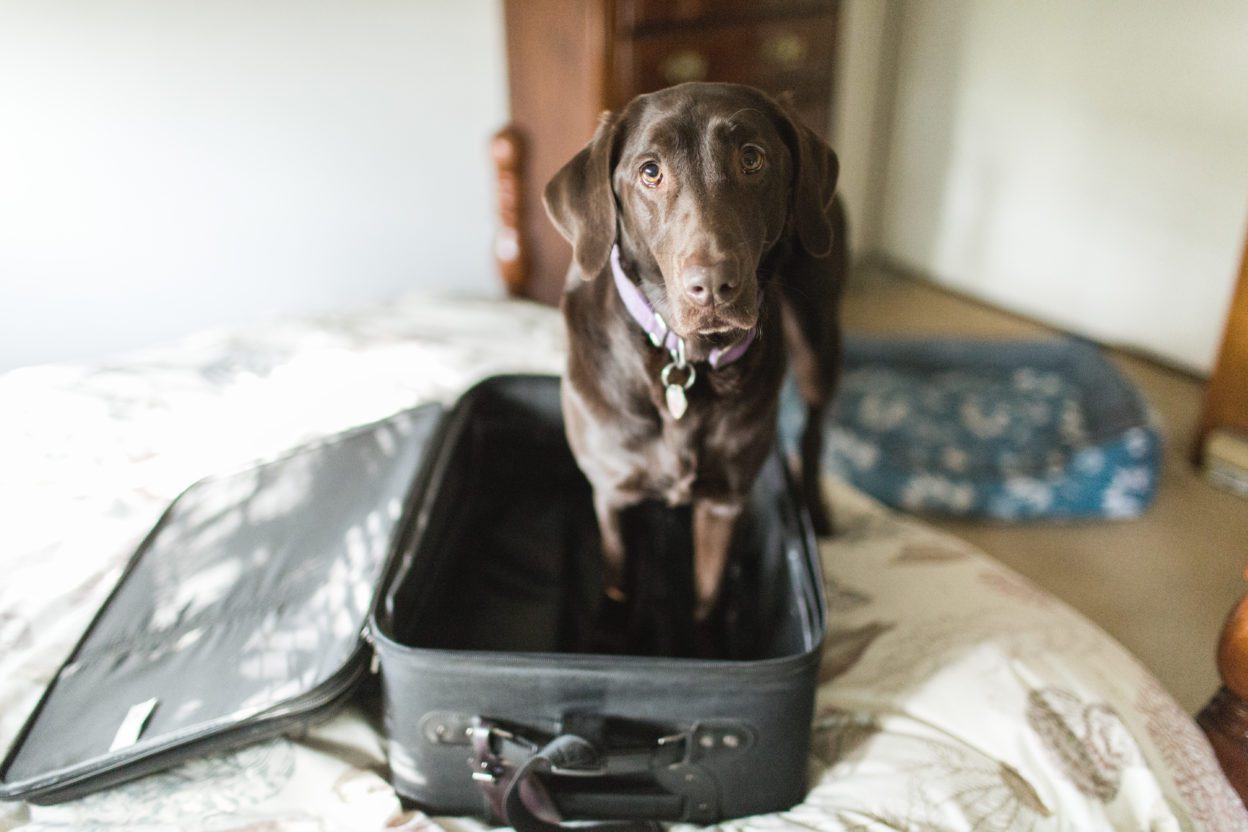
7. Labrador retriever — active and happy, love car rides, can be too big to fly unless in cargo

8. Dalmatian — athletic, intelligent, durable, can handle long journeys
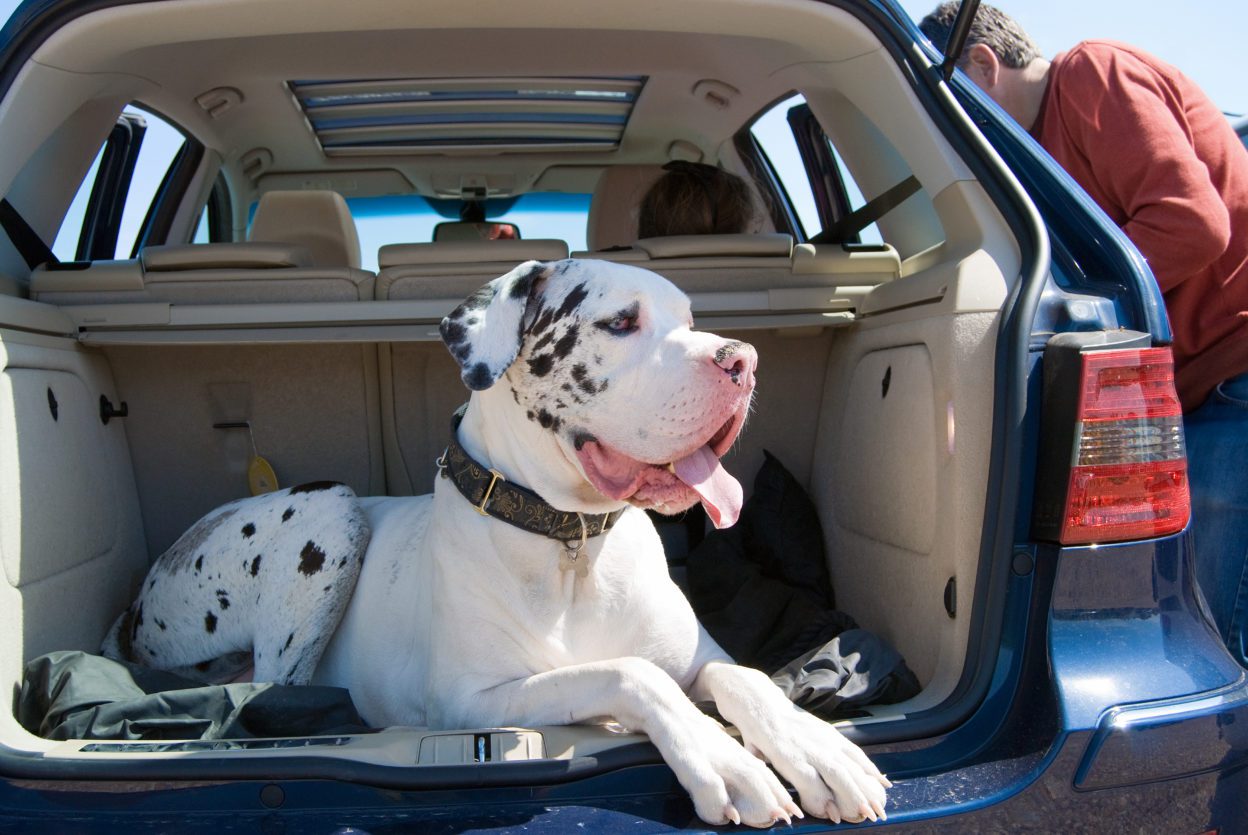
9. Great Dane — loving “gentle giants” perfect for long car rides, likely too big to fly
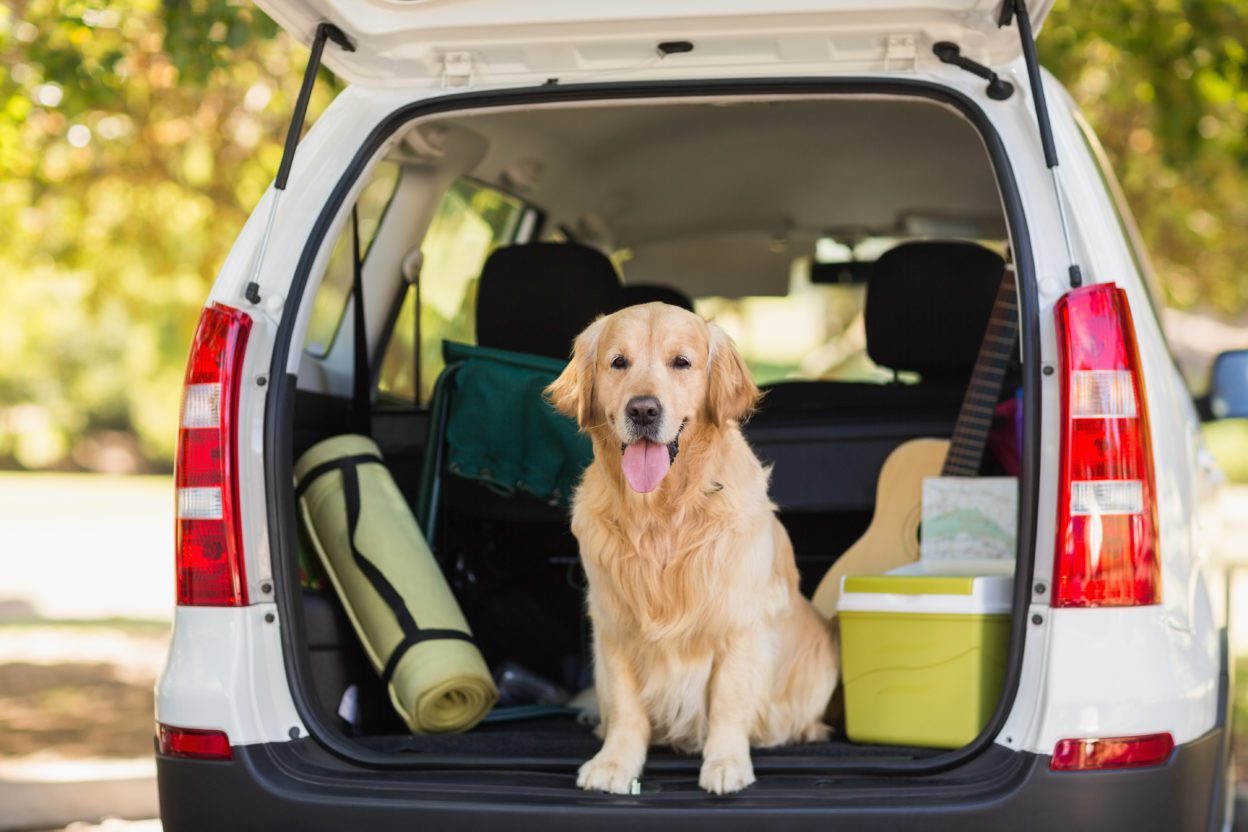
10. Golden retriever — friendly, tolerant, obedient, medium-sized, great for long road trips, but needs frequent breaks
Source: Newsweek
Click here to see the complete list.
For more tips, see this complete guide from the American Kennel Club on traveling with a dog.















